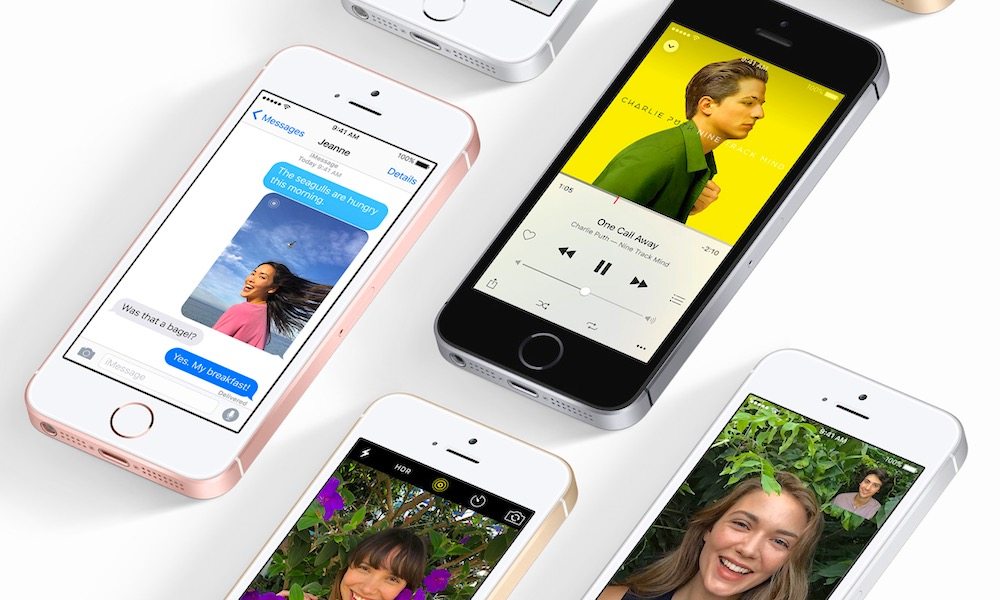Cheap Is In: Budget Smartphones Are Officially More Popular Than Luxury Devices

Toggle Dark Mode
In today’s constantly-connected, digital age, smartphones have become an intrinsically indispensable element of our every day lives.
Regardless of whether you’re willing to splurge on the top-of-the-line handsets — such as Apple’s iPhone 6s, or keep it on the cheaper side by settling for a smaller-screened, less feature-rich alternative — the bottom line is: most of us currently use a smartphone of some sort to access the essential features that make a cell phone, a cell phone, as well as the digital content that we can load up on these devices to make them our own.
However, as we’ve seen over the years, there’s a fine line that’s been drawn amidst the range of smartphone offerings that saturate the inherent market. Of course, you have your premium, higher-quality handsets — such as Apple’s iPhone and some Android models, many of which boast formidable build materials, advanced systems on a chip, cameras, and more; yet, on the other hand, you have your considerably cheaper, entry-level smartphone offerings (such as LG’s L60, for instance).
And while some of us are more inclined to save money and simply settle for less, fortunately, thanks to an ever-evolving competition among smartphone manufacturers, now we don’t really have to. Indeed, the influx of new tech manufacturers looking to capture their own slice of the smartphone pie has given rise to a slew of considerably cheaper handsets — many of which still manage to boast more premium materials and advanced features. Just consider BLU, the Florida-based, Chinese assembled smartphone manufacturer that’s given rise to a host of feature-rich Android handsets costing a fraction of the price of more mainstream Android offerings.
What’s perhaps most surprising of all, though, is that an increasing percentage of would-be smartphone buyers are actually willing to settle for these inexpensive handsets over their more liberally priced counterparts — and that, as you might imagine, has created quite the shift in the smartphone industry.
Such a shift, in fact, that the influx of more inexpensive, higher-quality smartphones, according to analysts at market research firm Counterpoint Research, has resulted in the majority of more traditional, high-end manufactures churning out offerings that are more reasonably priced. (iPhone SE, anyone?)
For instance, according to the Counterpoint Research report, back in 2014, Samsung’s sub-$300 smartphone offerings comprised a 40% share of the South Korean smartphone-giant’s offerings. However, as of the 1st quarter of 2016, that percentage has increased to upwards of 54%. Perhaps more noteworthy, however, when it comes to Samsung’s sub-$200 smartphone offerings, the percentage of them has increased from 10% to a whopping 41% within the same timeframe.
In contrast, the report cites a similar, though perhaps understandably distinct increase among Apple’s smartphone offerings. Using the $500-range as an “affordable” handset price-point, Counterpoint Research notes that, up until last year, just 10% of the Cupertino-company’s offerings fell below the aforementioned variable. However, thanks almost entirely to Apple’s new iPhone SE — which is priced at just $399 and $499 for the 16 GB and 64 GB variants, respectively, Apple’s handset affordability ratio has increased to over 30% in recent months.
All that considered, there appears to be an unquestionable shift taking place in the smartphone industry today. As troves of the population in developing markets increasingly seek to hop aboard the smartphone bandwagon, they’re increasingly willing to settle for much cheaper phones — simply because they often can’t afford the more pricy offerings, such as Samsung’s Galaxy S series, or Apple iPhone 6s.
At the same time, however, many Westerners are increasingly waking up to the reality that they can now have a much more sophisticated, even top-tier handset, without having to shell out quite as much as they did when smartphones were considered more of a luxury, and less of an essential, as they are today.
That’s not to suggest that top-tier smartphones are going out of style anytime soon, of course. As a matter of fact, even despite Apple’s lackluster 1st quarter earnings — which were largely driven by an apparent stalling in iPhone demand, the company is still expected to rebound significantly in the years to come, as the iPhone 7, iPhone 7 Plus, and even that vastly redesigned 2017 iPhone are believed by many analysts to shift the tides in Cupertino’s favor once again.
Share your thoughts in the comments below!






